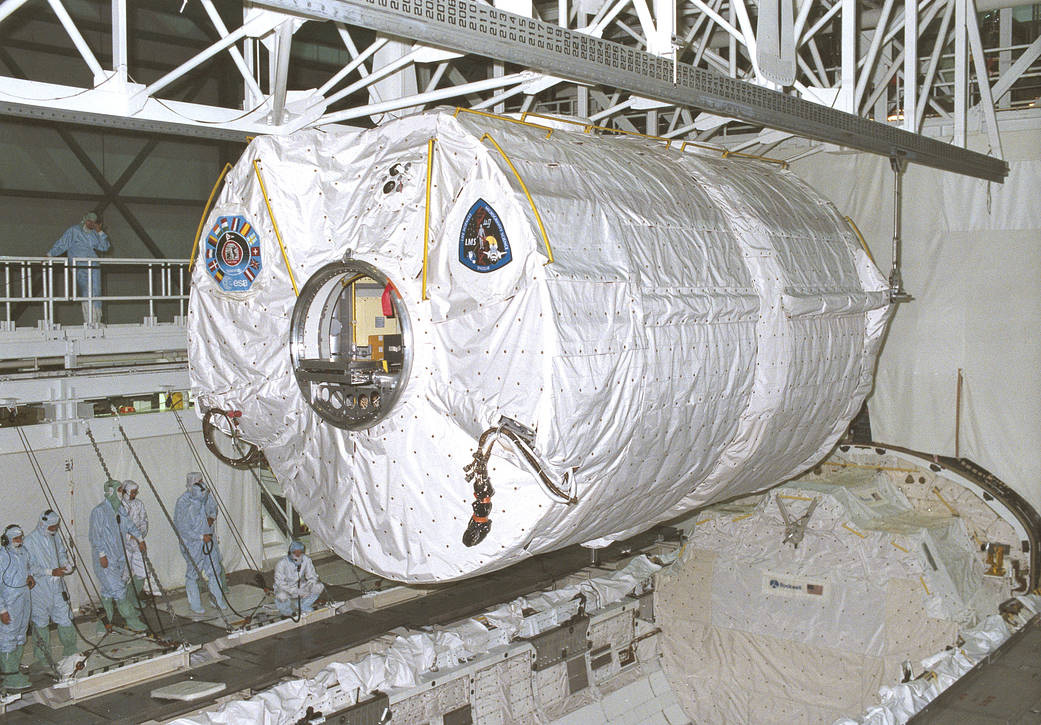This week in 1996, space shuttle Columbia, mission STS-78, launched from NASA’s Kennedy Space Center. The mission’s primary payload, the Life and Microgravity Spacelab, was managed by NASA’s Marshall Space Flight Center. Here, the spacelab module is loaded into Columbia’s cargo bay. During 17 days of flight, researchers from the United States and Europe shared resources, such as crew time and equipment, to conduct experiments in life science and microgravity investigations. Five space agencies — NASA, the European Space Agency, the French Space Agency, the Canadian Space Agency and the Italian Space Agency — along with research scientists from 10 other countries worked together on the design, development and construction of the Life and Microgravity Spacelab. The NASA History Program is responsible for generating, disseminating and preserving NASA’s remarkable history and providing a comprehensive understanding of the institutional, cultural, social, political, economic, technological and scientific aspects of NASA’s activities in aeronautics and space. For more pictures like this one and to connect to NASA’s history, visit the Marshall History Program’s webpage. (NASA)
1 min read



























